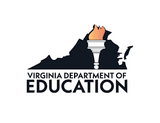
English Instructional Plan – Analyzing Sarcasm and Ambiguity in Media and Text
- Subject:
- English
- Reading
- Material Type:
- Lesson Plan
- Author:
- VDOE Project Team
- Date Added:
- 04/20/2022

English Instructional Plan – Analyzing Sarcasm and Ambiguity in Media and Text
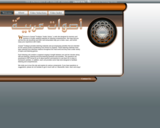
Aswaat Arabiyya is an archive of 245 videos in Arabic, listed by difficulty level and accompanied by glossaries and four worksheets each that focus on every aspect of listening comprehension. Selections come largely from Arabic media, with some cultural presentations by native speakers. Videos cover the entire Arabic-speaking world and include MSA and different dialects. Materials are designed to be used both as in-class activities and homework assignments. Videos can be slowed down.

This collection uses primary sources to explore the impact of television on news media. Digital Public Library of America Primary Source Sets are designed to help students develop their critical thinking skills and draw diverse material from libraries, archives, and museums across the United States. Each set includes an overview, ten to fifteen primary sources, links to related resources, and a teaching guide. These sets were created and reviewed by the teachers on the DPLA's Education Advisory Committee.The remix includes a graphic organizer recording sheet to use with the videos.
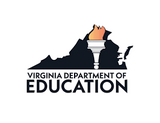
Digital Media is a growing artistic element in Theatre Production. This unit covers common film/media terminology, introduces the career field of the theatrical digital media director, provides instruction on best practices for filming using cell phones or a laptop, introduces editing strategies, and culminates in a creative product by the student.
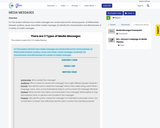
5.3 The student will learn how media messages are constructed and for what purposes. a) Differentiate between auditory, visual, and written media messages. b) Identify the characteristics and effectiveness of a variety of media messages.

This is part of a series of lessons commissioned by the Democracy Project at the University of Virginia centered around the podcast Democracy in Danger.Democracy in Danger lessons share some basic characteristics. In each of these inquiries, the explicit or implicit question is, “What should we do about .. “ because that is an essential question we must ask of all of our citizens. Additionally, Democracy in Danger lessons will lead students through a problem analysis characterized by the 4A approach (assses the problem, analyze the causes and effects of the problem, address potential solutions to the problem, act on a potential solution. We hope to make this type of problem analysis process a routine that young people can transfer to any new challenge that we face in our democracy and that it will pave the way for healthy deliberation with their fellow students, to collaboratively act together, and to forge healthy civic friendships that will strengthen our democracy.

Students will look at an overview of the rise of mass news media in the U.S.. They will then study the Civil Rights movement through the lens of media coverage to determine the impact news coverage of violence against peaceful protestors helped lead to social change.

This lesson gives students a very basic introduction to the data transmission concept of packets and how data is broken down, transmitted across a network, and then re-assembled into a final product.
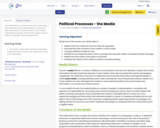
This article gives a summary of how the media plays a role in elections and in policymaking. In particular it looks at the basics and the functions of the media, media effects and bias, and how the media covers on political campaigns and the government.

This article gives a summary of how the media plays a role in elections and in policymaking. In particular it looks at the basics and the functions of the media, media effects and bias, and how the media covers on political campaigns and the government. Remix made to make it easier to understand.